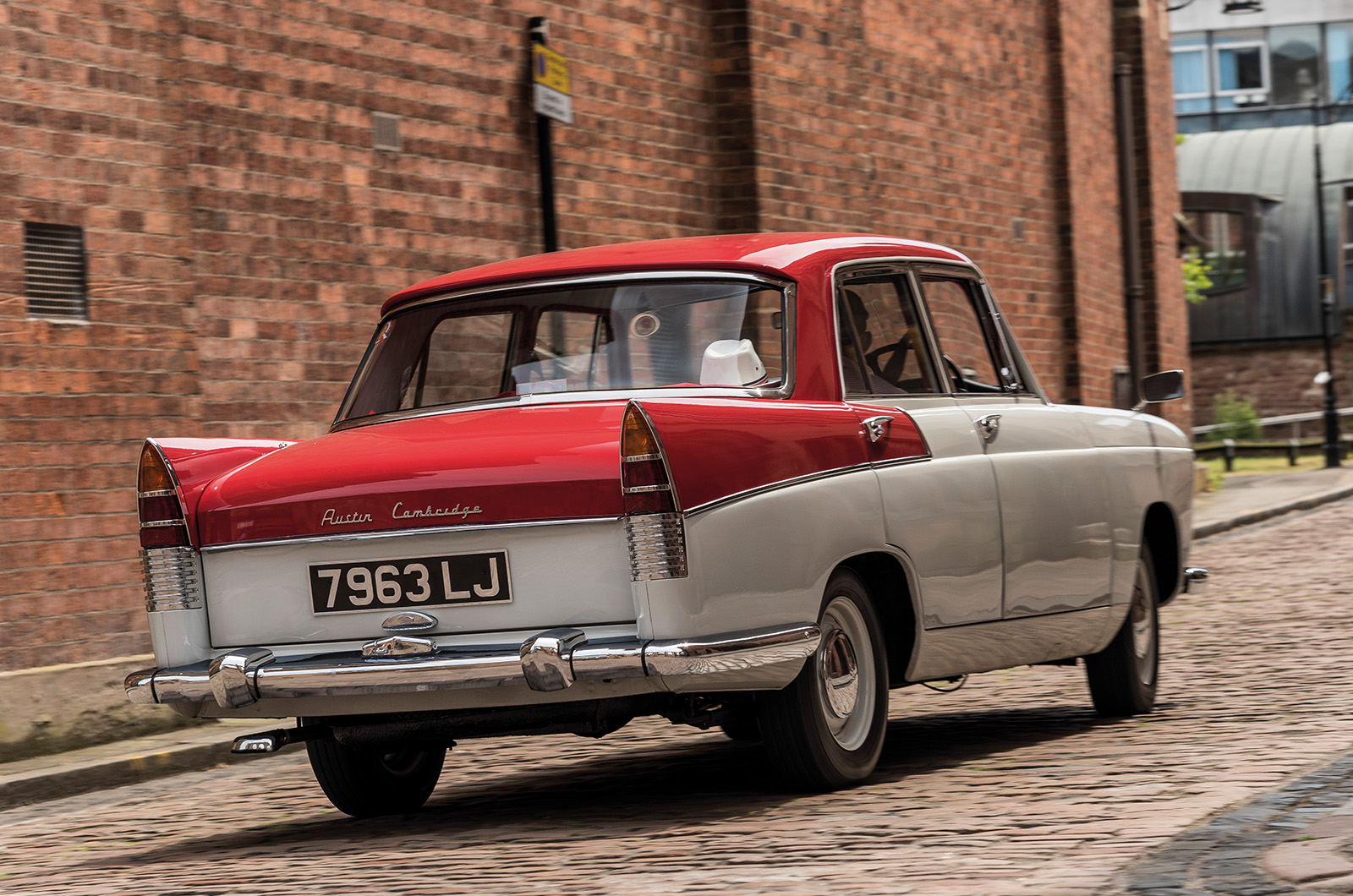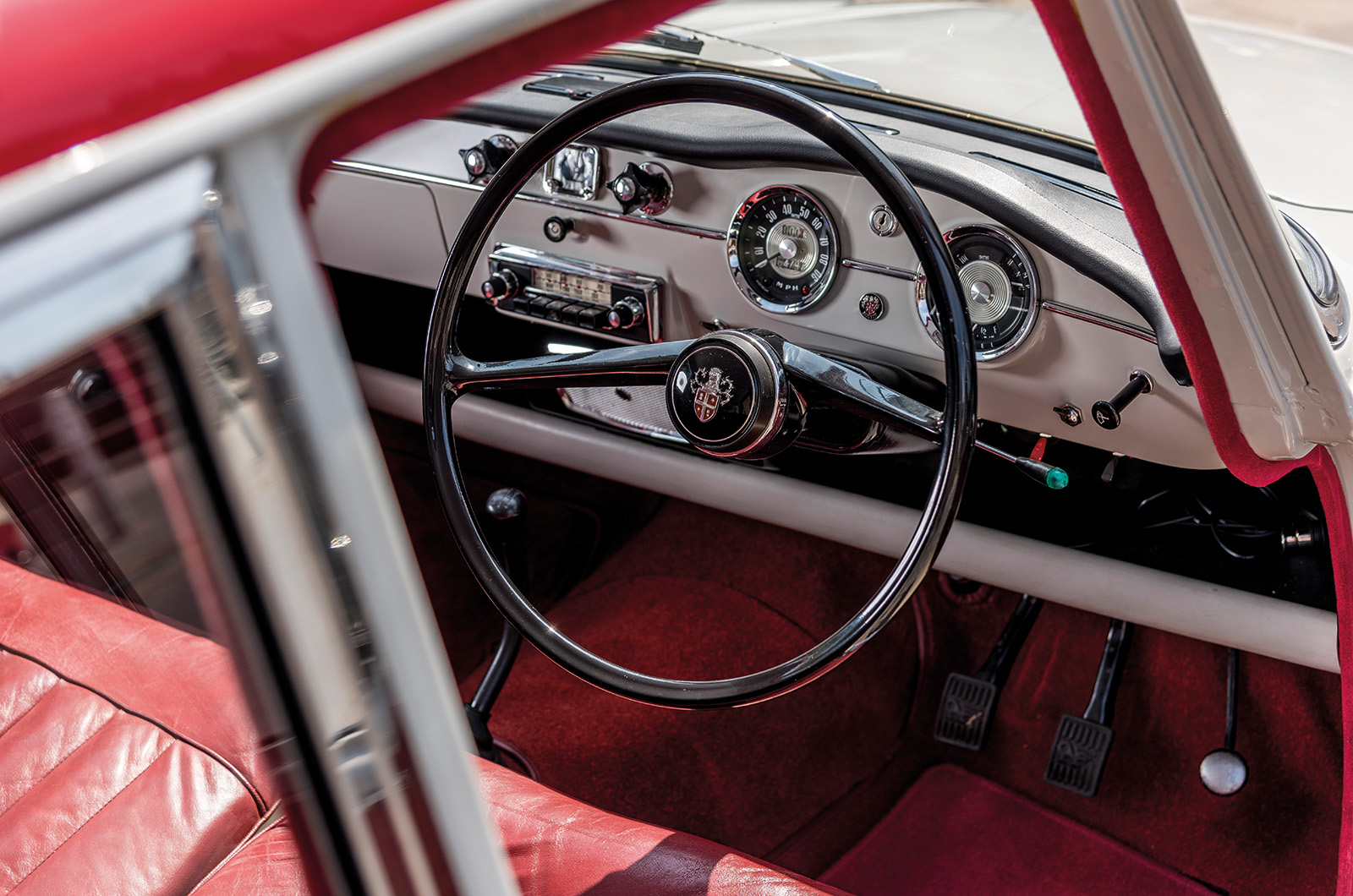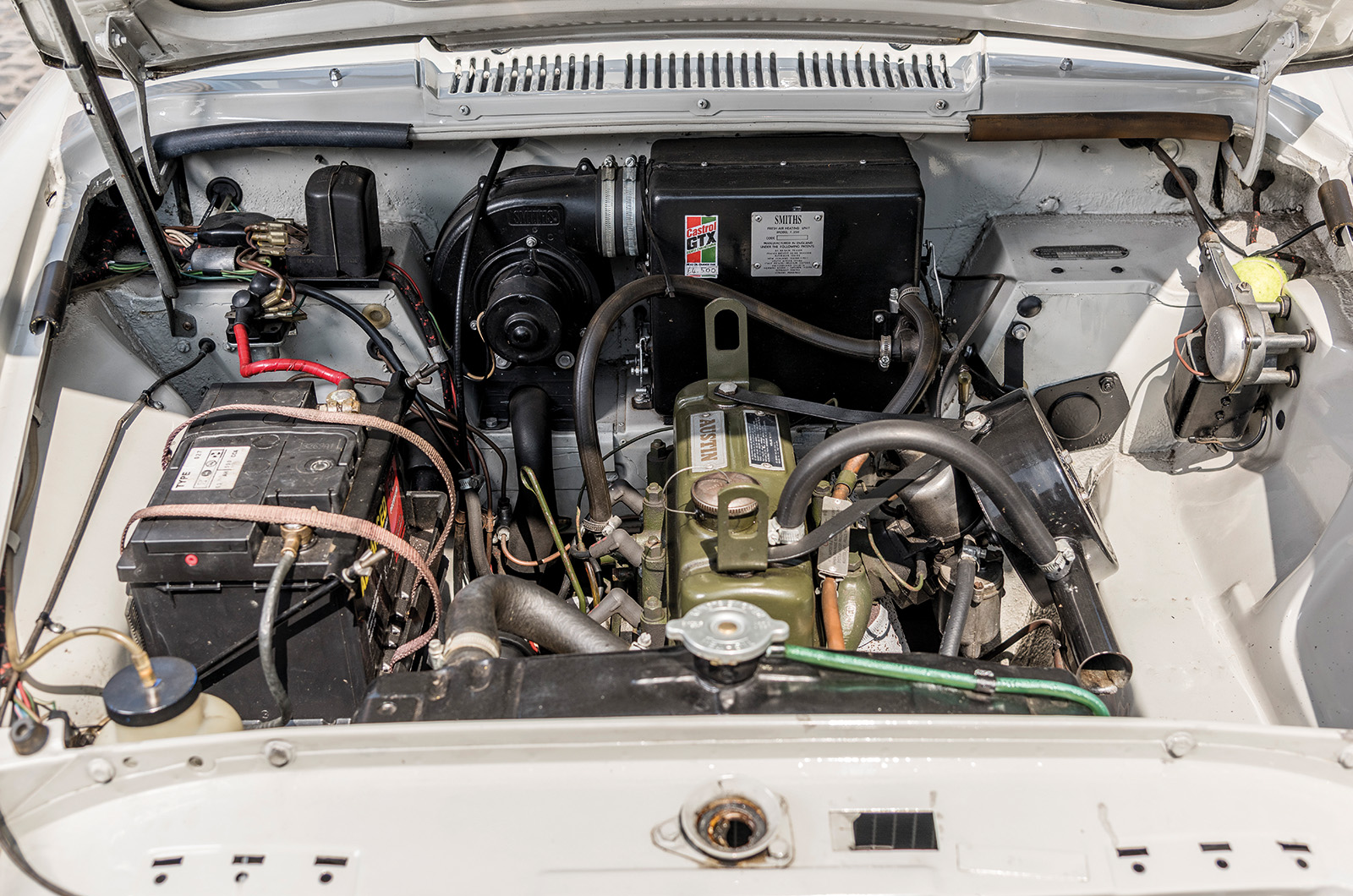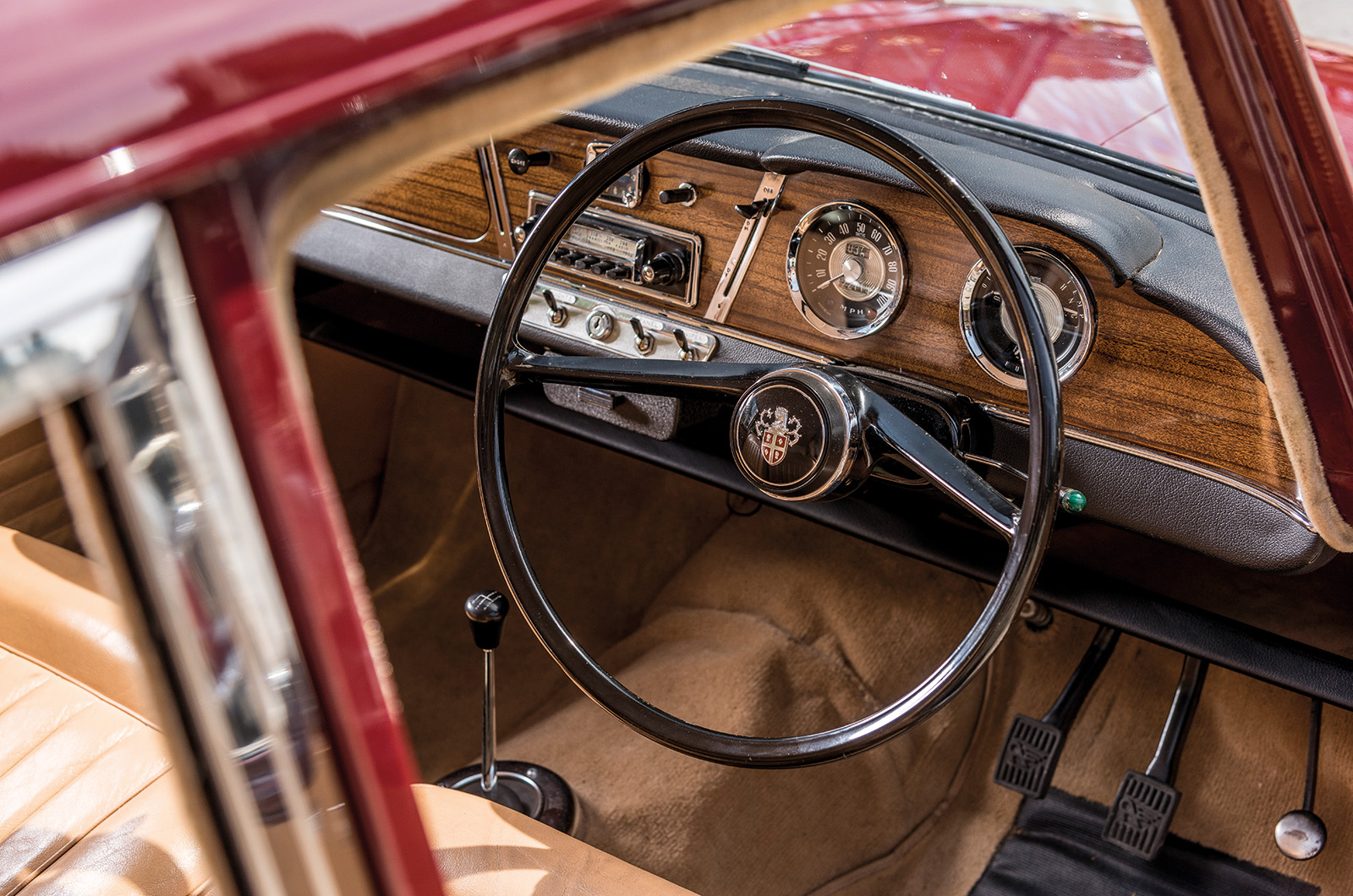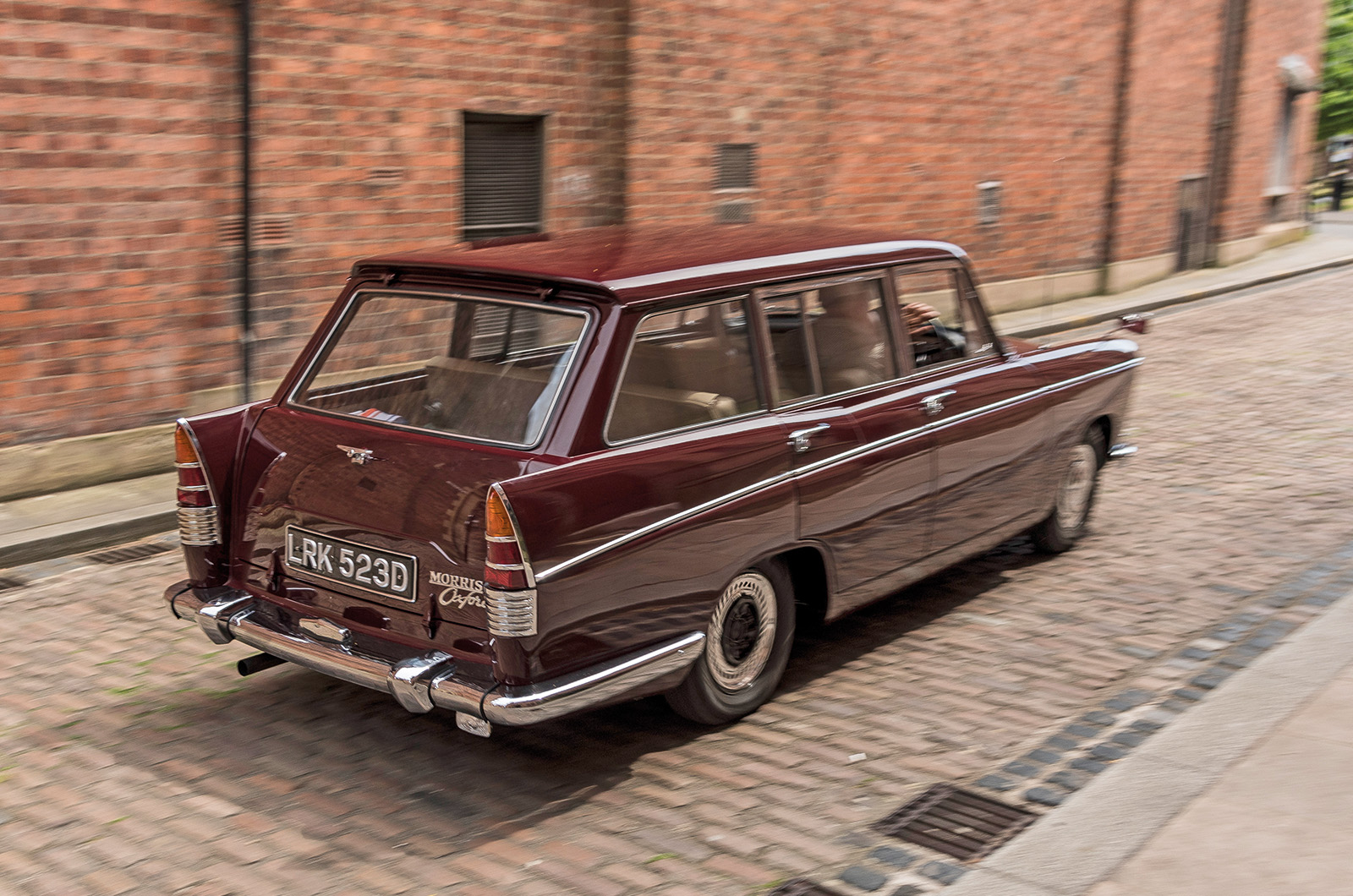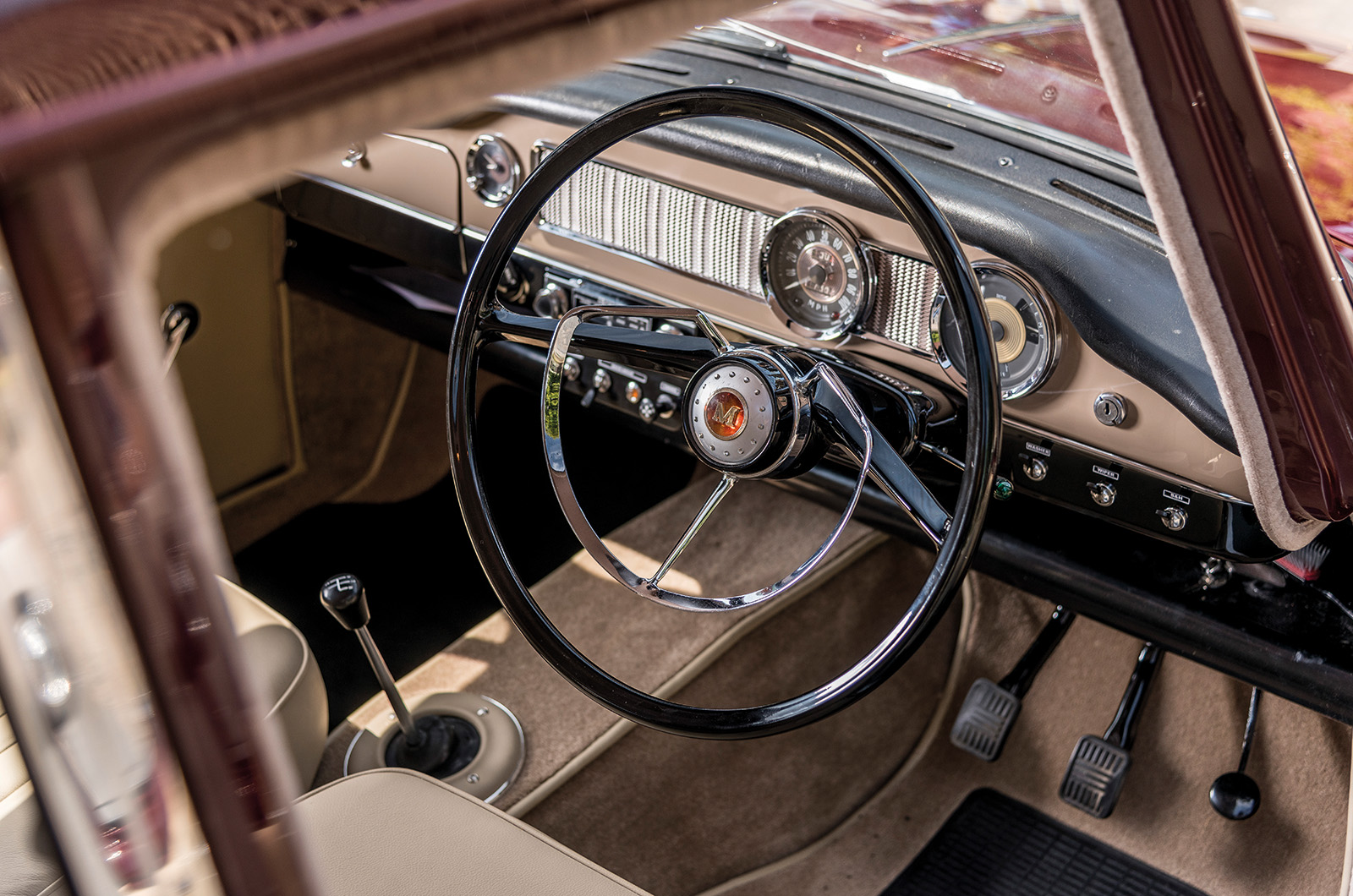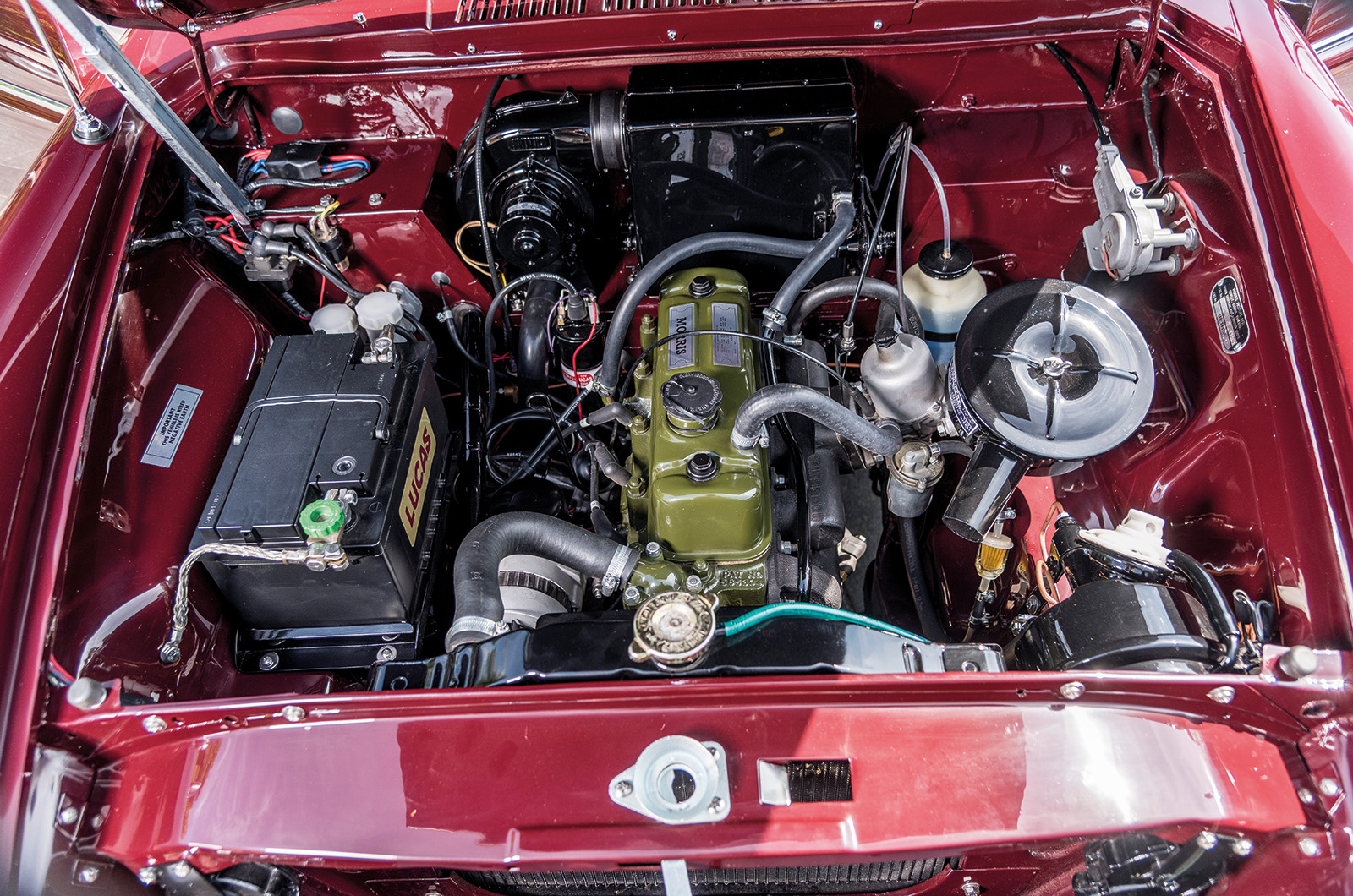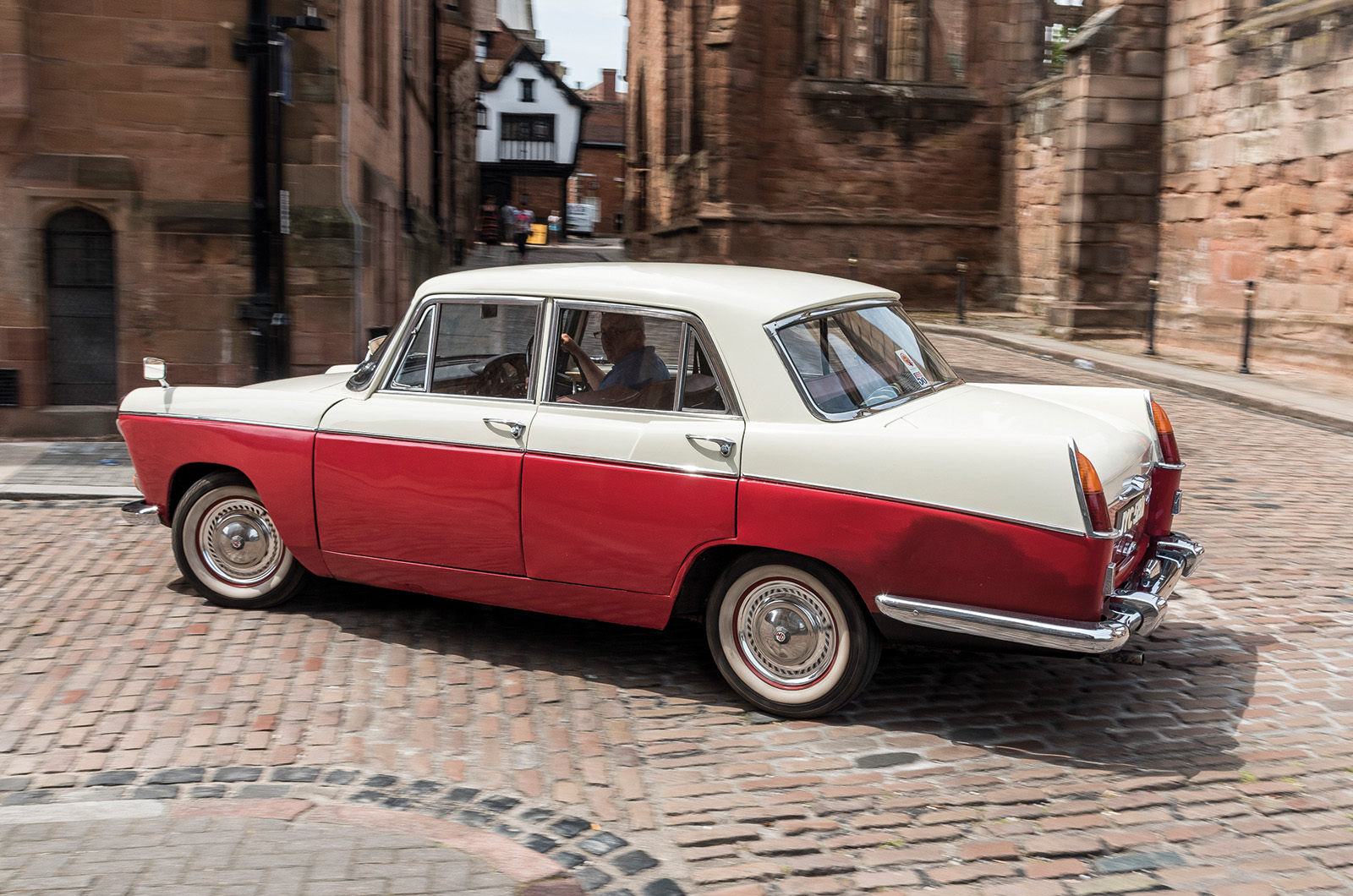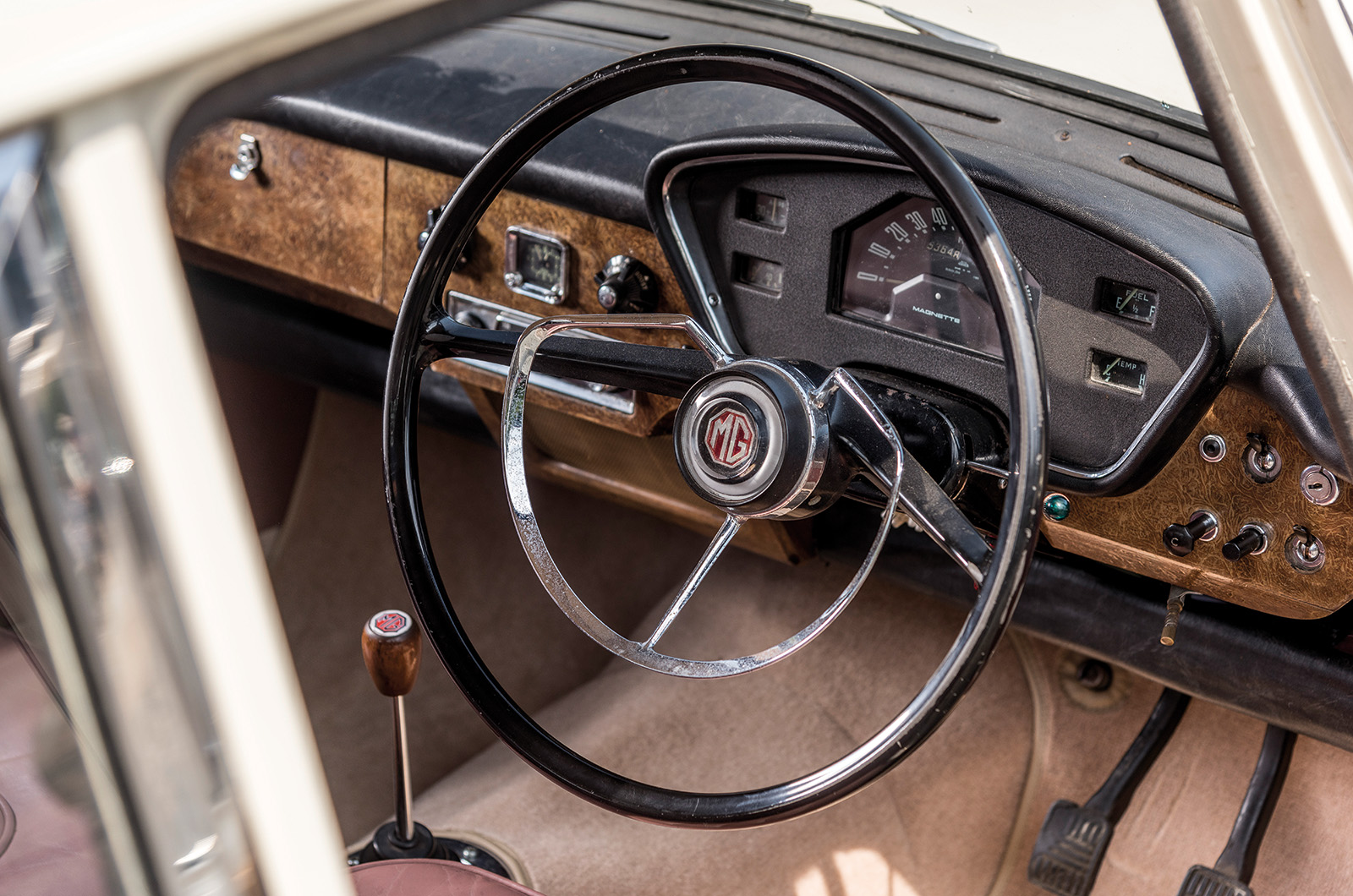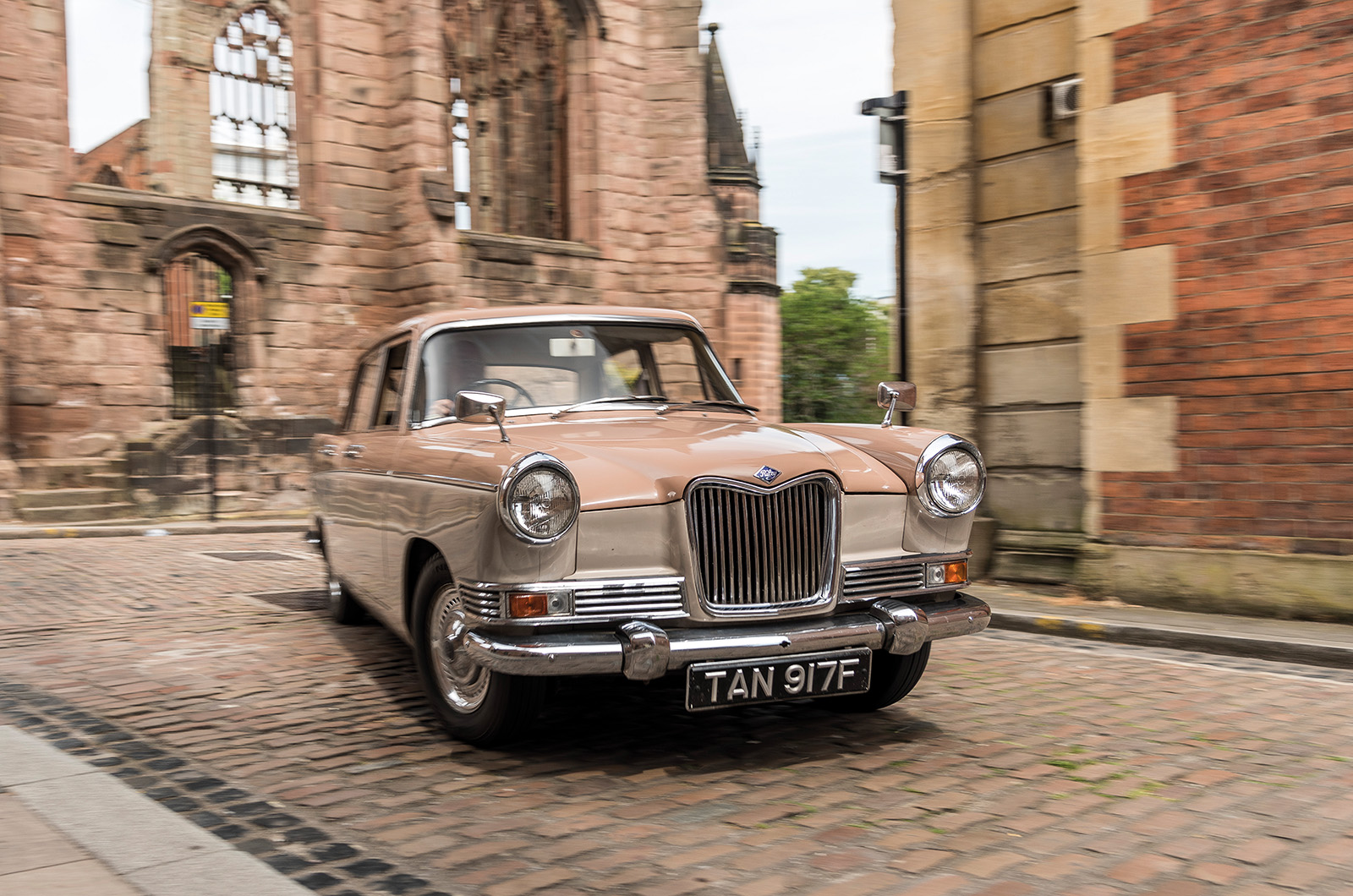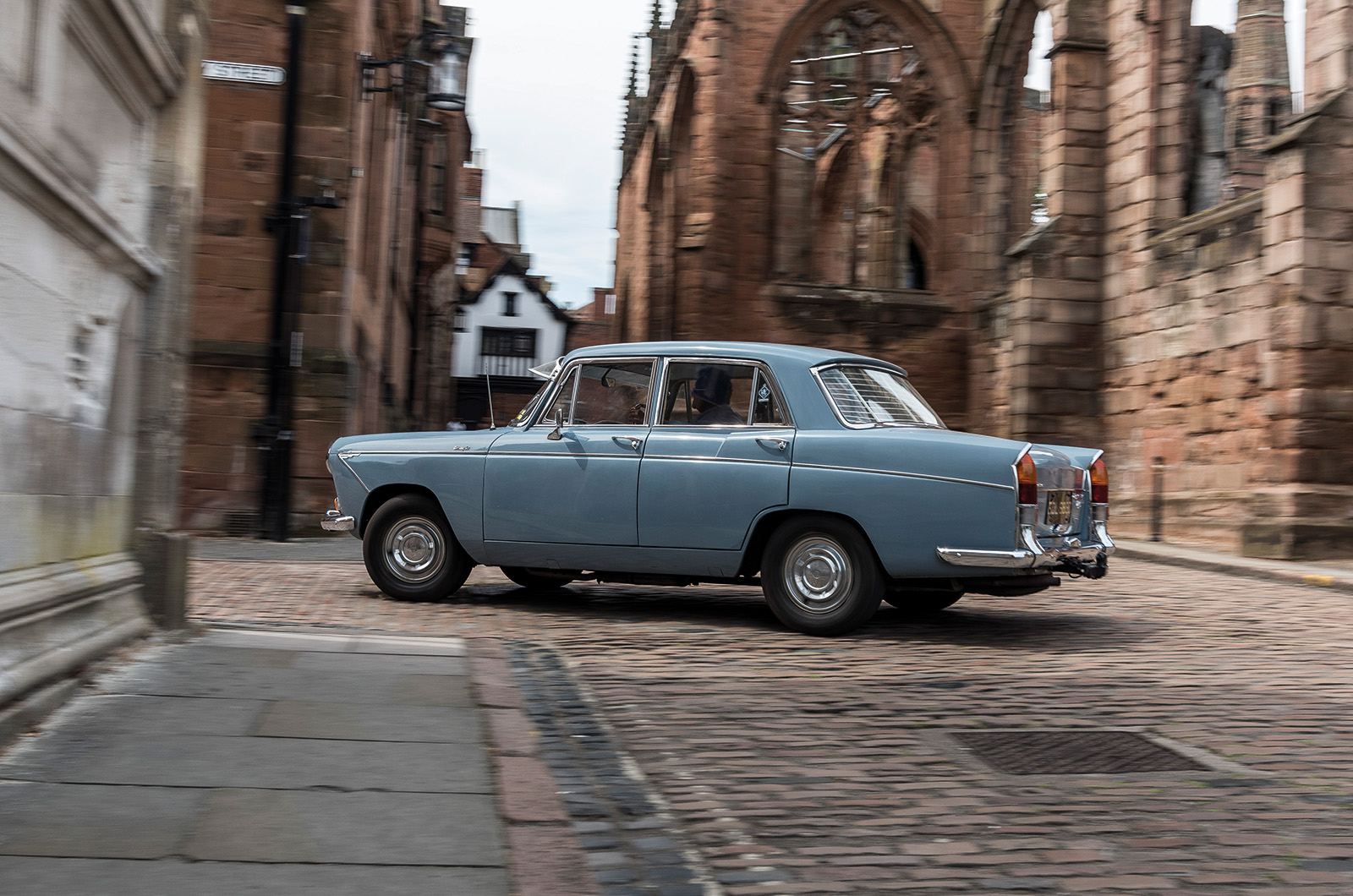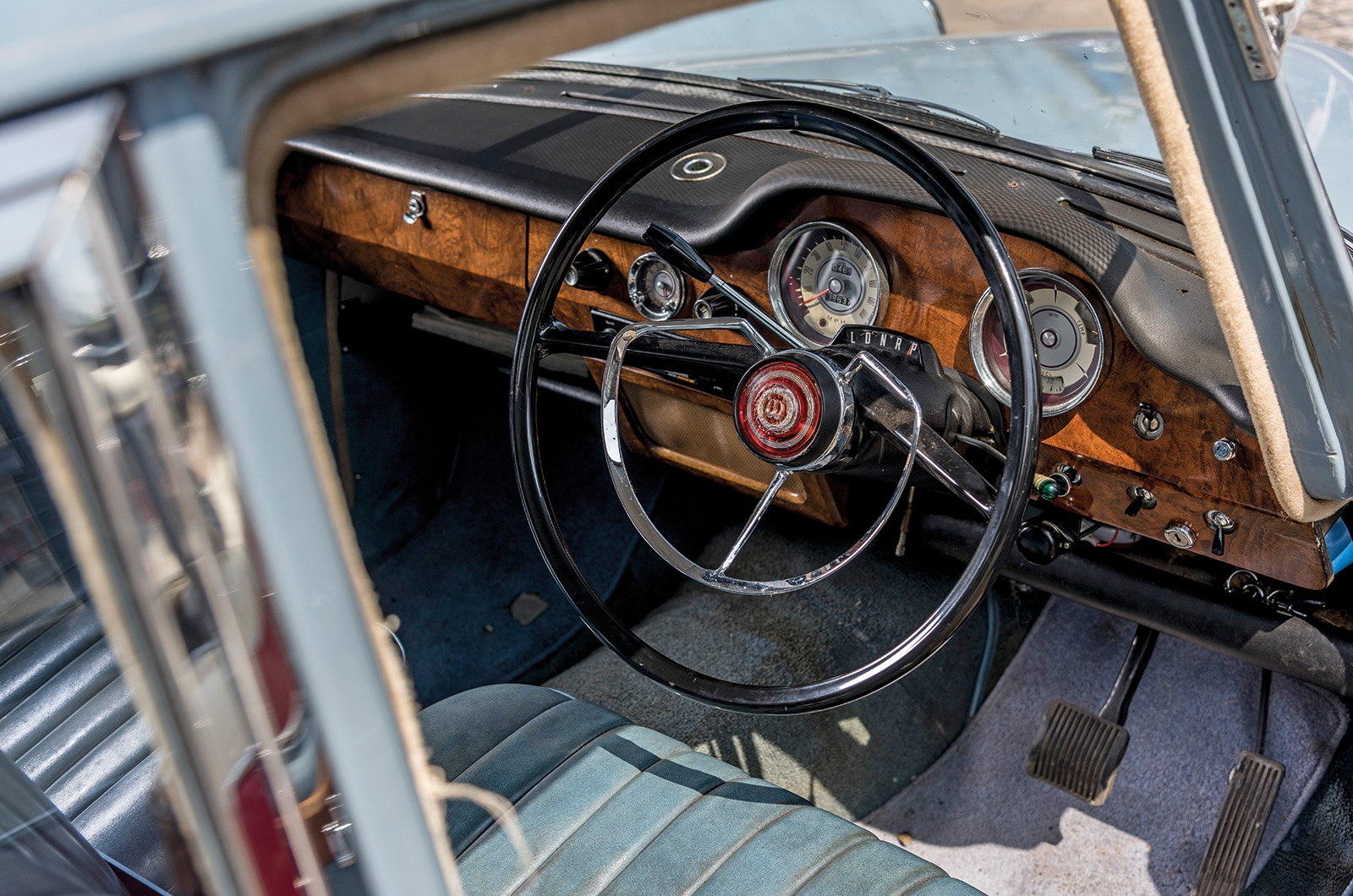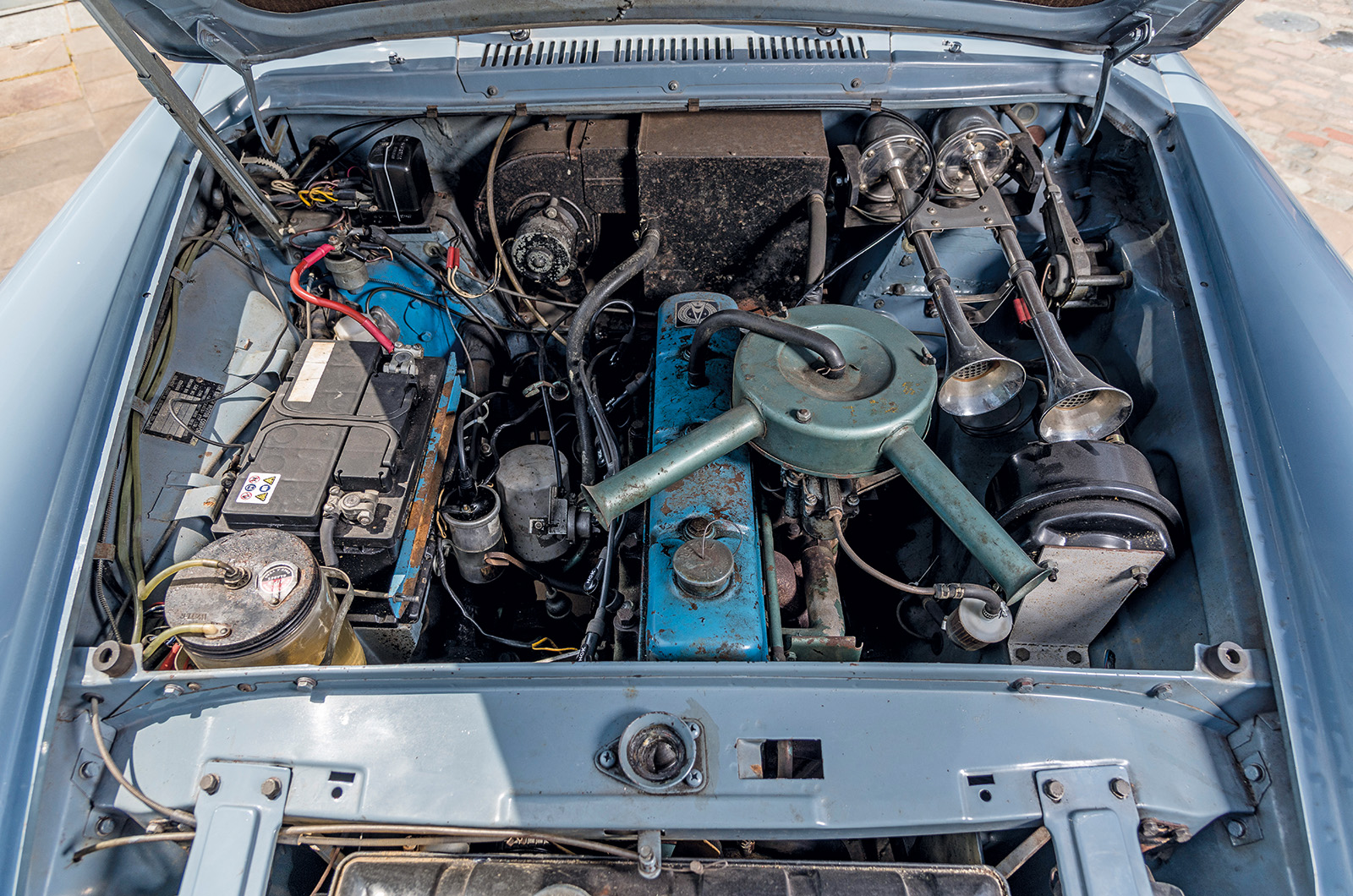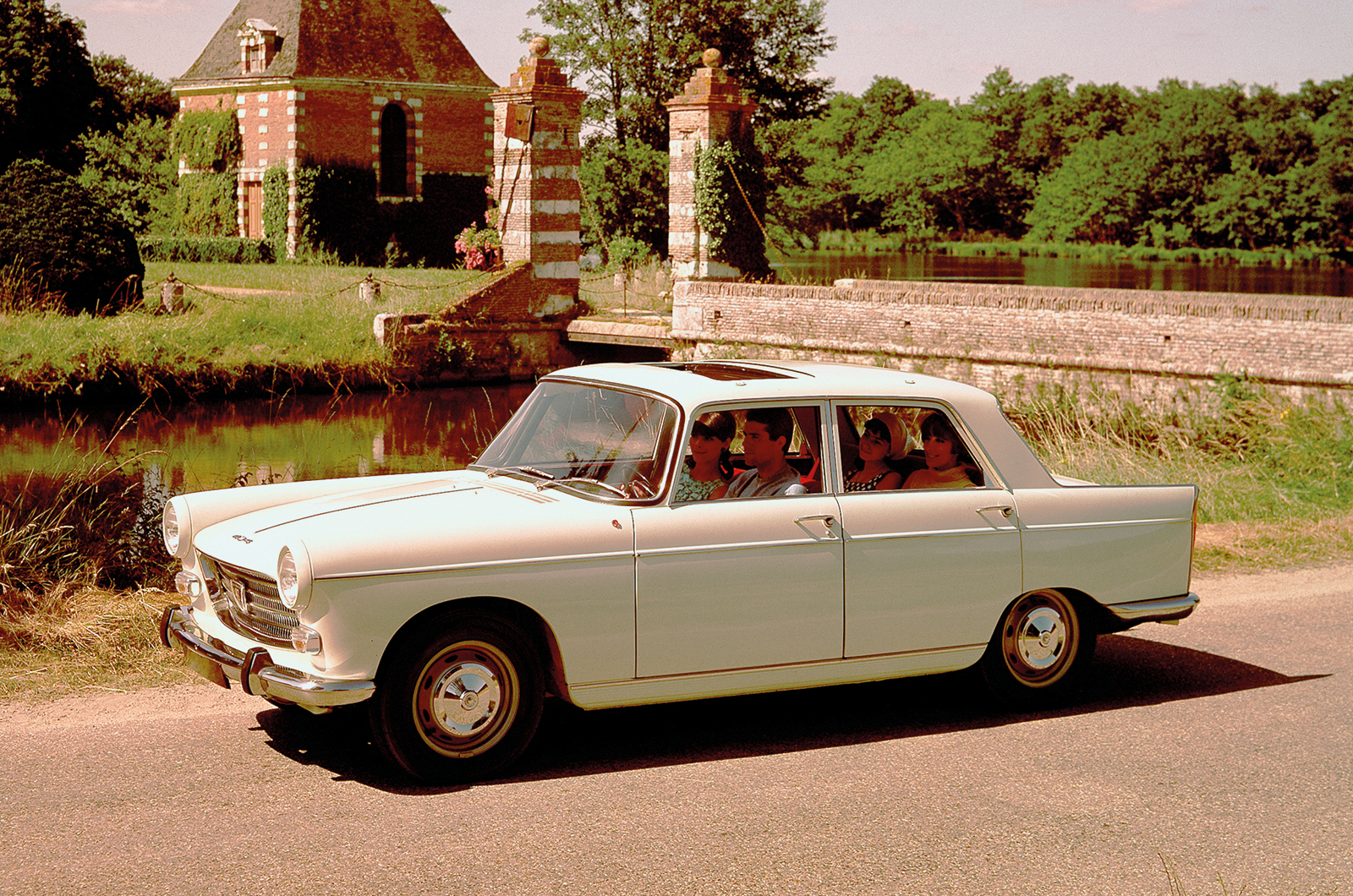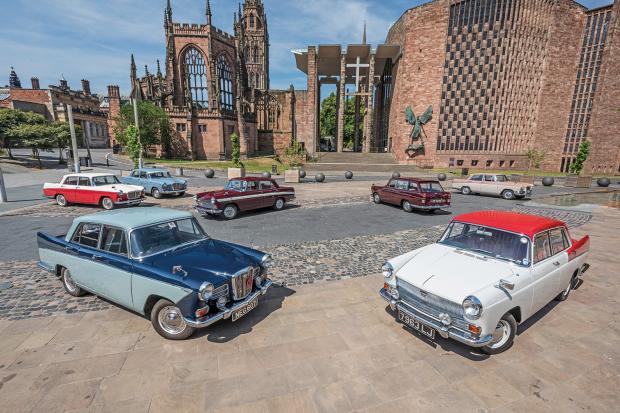
Born of a Latin liaison, the Farina range brought a dose of style to post-war Britain
Just over 60 years ago, the British Motor Corporation launched its second collaboration with Battista ‘Pinin’ Farina, an all-new range that appeared to symbolise post-war renewal as clearly as tower blocks emerging from bomb sites.
The seven cars gathered in front of Coventry Cathedral describe the history of a badge-engineered classic that today is often taken for granted, but one that, in its own modest way, had originally caused quite a stir.
Let’s look at them in more detail.
Wolseley 15/60
When BMC presented the 15/60 in December 1958, it ran the risk of causing apoplexy among many of its customers.
The outgoing, Gerald Palmer-styled 15/50 was one of the most attractive saloons of its generation, and the famous marque was, to paraphrase Viv Stanshall’s Sir Henry at Rawlinson End: ‘English as tuppence, changing yet changeless as canal-water, nestling in green nowhere’ – indeed, it’s easy to imagine Stanshall as a Wolseley owner.
Furthermore, those tail-fins might have deterred customers who had no desire to be regarded as a skiffle-band leader by association.
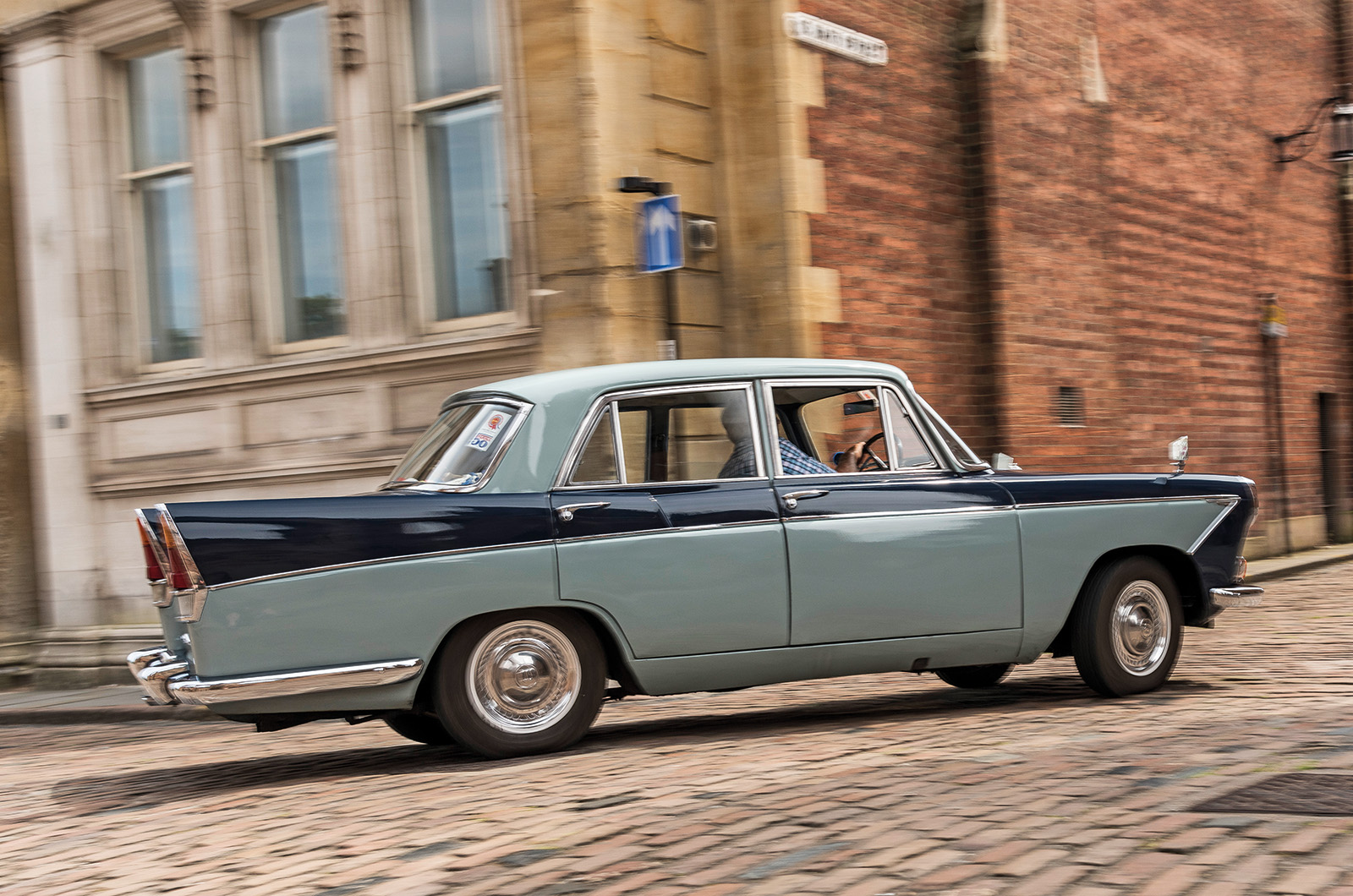
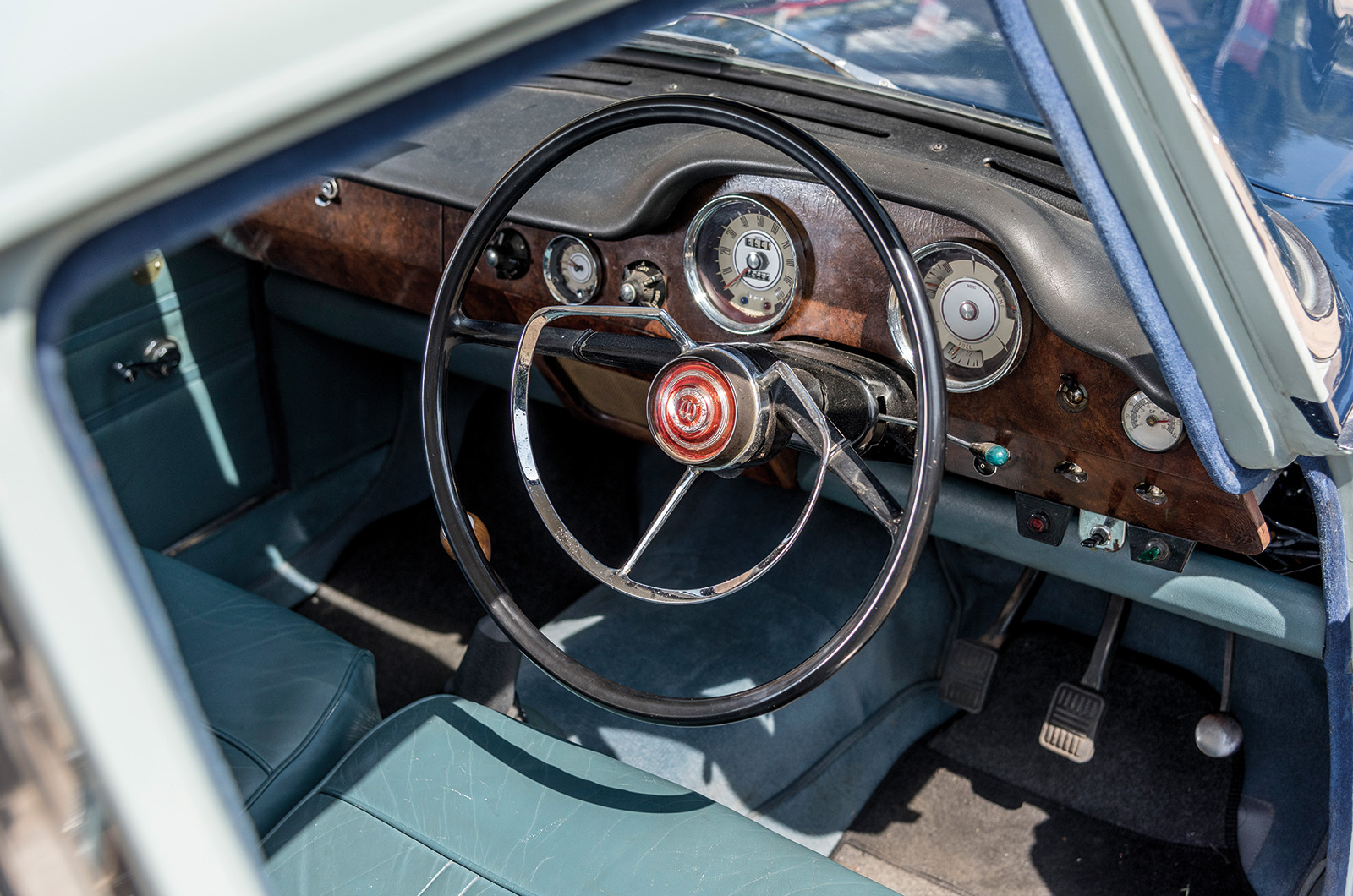

Yet to experience this 1961 example owned by Tony Spearman is to appreciate how the timber- and hide-trimmed cabin was more than sufficient to quell any doubts over the 15/60’s identity; this was indeed a true Wolseley.

